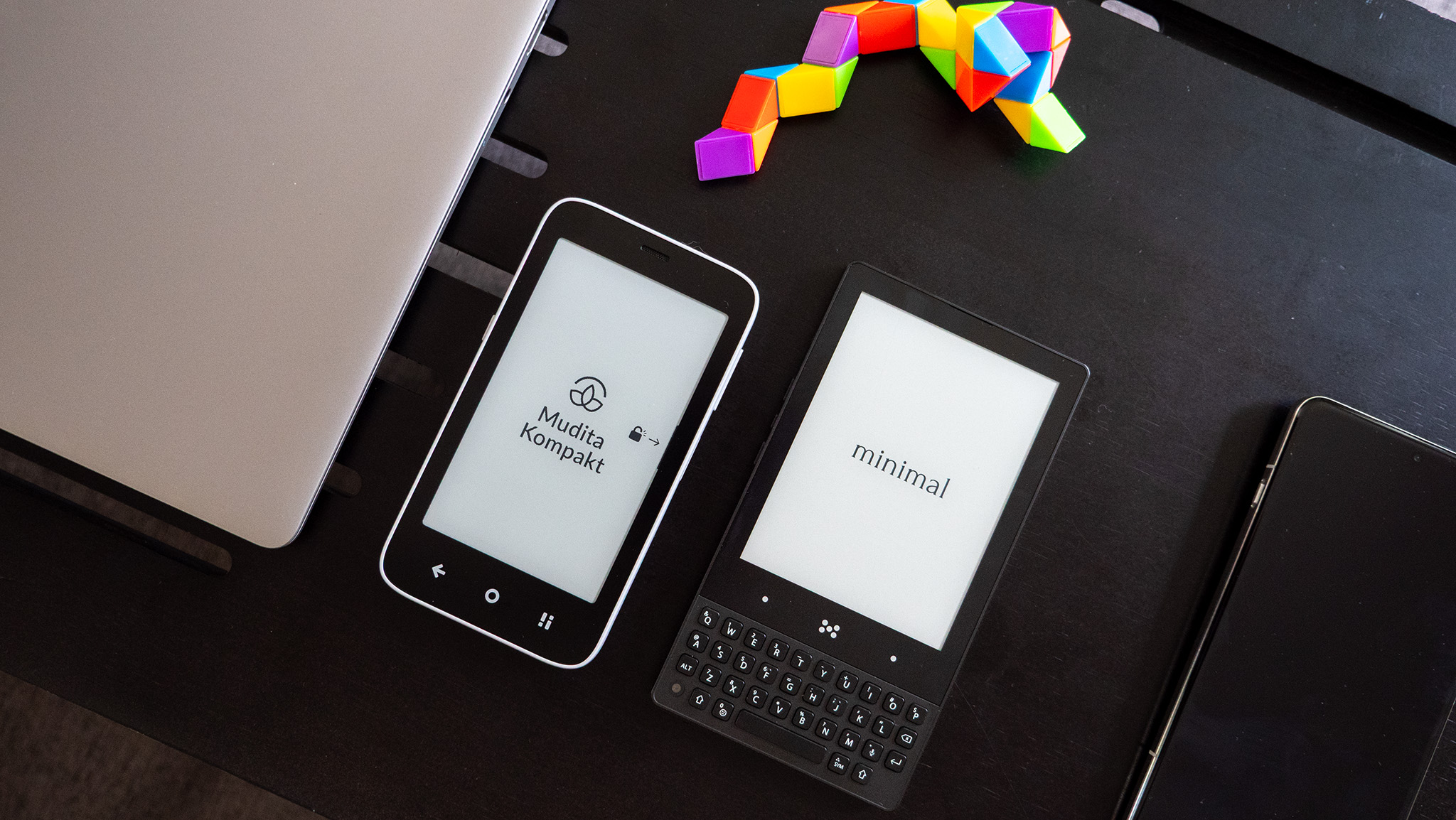Xiaomi 12 Pro vs. 12 vs. 12X: Which should you buy?
Make the right choice.
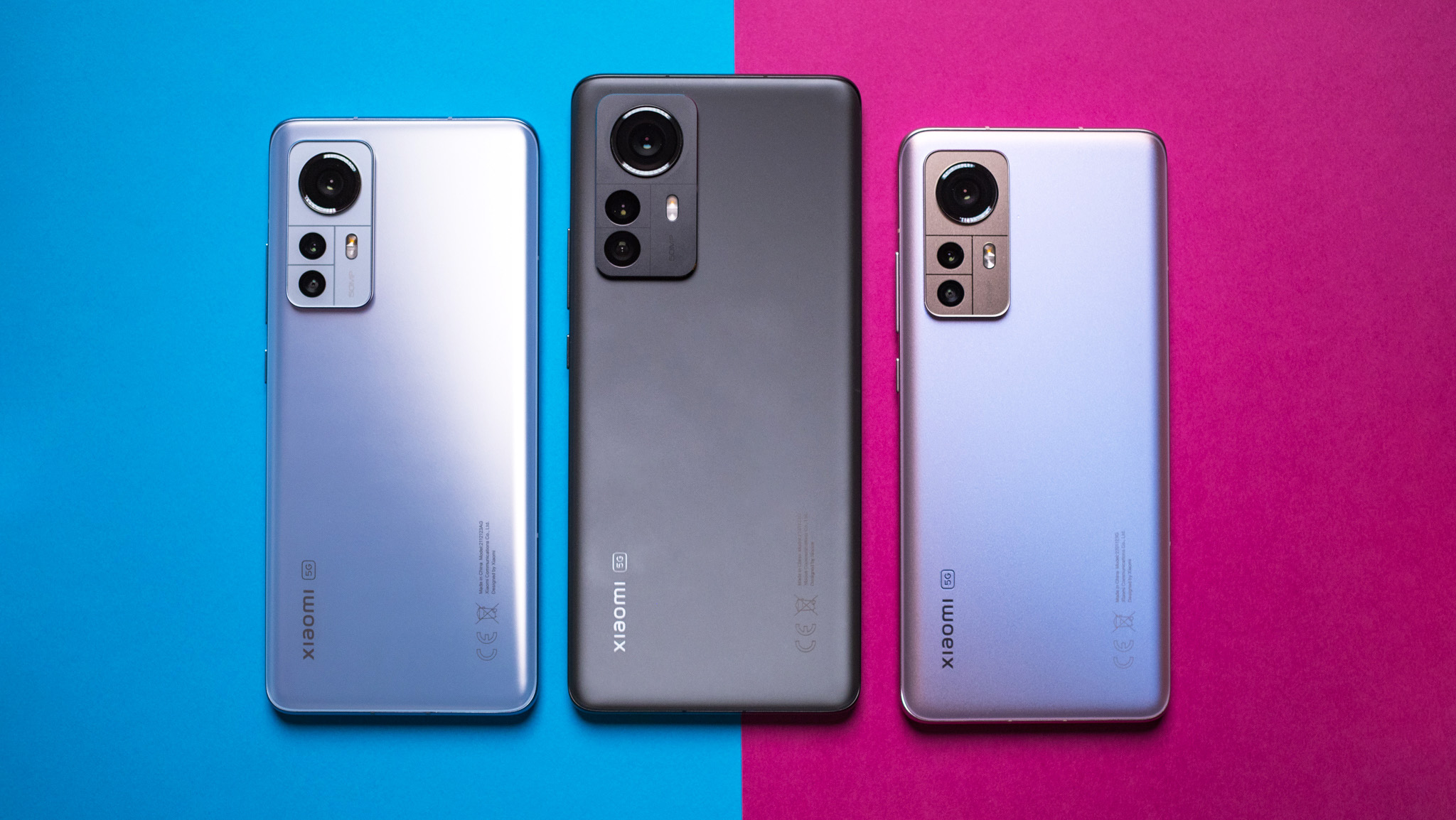
A few months after their unveil in China, the Xiaomi 12 Pro, Xiaomi 12, and Xiaomi 12X are now making their way to global markets. Sales will kick off at the end of March, and with three exciting options to pick from, let's take a look at what you're getting with Xiaomi's 2022 flagship series, and which phone is ideal for your needs.
There are a few similarities with all three phones. For one thing, they share the same design aesthetic and are available in the same color options. They also all run MIUI 13 out of the box, with the Xiaomi 12 Pro and Xiaomi 12 based on Android 12 and the 12X featuring the older Android 11.
All three devices get fast wired charging, with the Xiaomi 12 and 12X offering 67W and the 12 Pro going up to 120W. They have the same 32MP camera at the front, stereo sound as standard, and dual-SIM connectivity. Annoyingly, all three lack IP58 dust and water resistance, and while Xiaomi says there is some ingress protection, you'll have to take the brand at its word.
Let's see where the three devices differ, and how they hold up to their rivals.
Xiaomi 12 Pro vs. 12 vs. 12X: All the specs
Xiaomi made a lot of changes over the Mi 11 series, and the result is that the Xiaomi 12 series gets a new design aesthetic along with exciting hardware. Here's the rundown of what's on offer with the Xiaomi 12 Pro, Xiaomi 12, and Xiaomi 12X:
| Category | Xiaomi 12 Pro | Xiaomi 12 | Xiaomi 12X |
|---|---|---|---|
| Operating system | Android 12 | Android 12 | Android 11 |
| Row 1 - Cell 0 | MIUI 13 | MIUI 13 | MIUI 13 |
| Display | 6.73-inch 120Hz LTPO AMOLED | 6.28-inch 120Hz AMOLED | 6.28-inch 120Hz AMOLED |
| Row 3 - Cell 0 | 3200x1440 (20:9) | 2400x1080 (20:9) | 2400x1080 (20:9) |
| Row 4 - Cell 0 | HDR10+ Dolby Vision | HDR10+ | HDR10+ |
| Row 5 - Cell 0 | Gorilla Glass Victus | Gorilla Glass Victus | Gorilla Glass Victus |
| Chipset | Snapdragon 8 Gen 1 | Snapdragon 8 Gen 1 | Snapdragon 870 |
| Row 7 - Cell 0 | 1 x 2.8GHz Cortex X2 | 1 x 2.8GHz Cortex X2 | 1 x 2.7GHz Cortex A77 |
| Row 8 - Cell 0 | 3 x 2.50GHz Cortex A710 | 3 x 2.50GHz Cortex A710 | 3 x 2.42GHz Cortex A77 |
| Row 9 - Cell 0 | 4 x 1.80GHz Cortex A510 | 4 x 1.80GHz Cortex A510 | 4 x 1.80GHz Cortex A55 |
| Row 10 - Cell 0 | 4nm | 4nm | 7nm |
| RAM | 8GB/12GB LPDDR5 | 8GB/12GB LPDDR5 | 8GB LPDDR5 |
| Storage | 256GB UFS3.1 | 128GB/256GB UFS3.1 | 128GB/256GB UFS3.1 |
| MicroSD slot | ❌ | ❌ | ❌ |
| Rear camera 1 | 50MP f/1.9 1.22um | 50MP f/1.9 1.0um | 50MP f/1.9 1.0um |
| Row 15 - Cell 0 | OIS, PDAF | OIS, PDAF | OIS, PDAF |
| Row 16 - Cell 0 | 8K at 24fps, 4K at 60fps | 8K at 24fps, 4K at 60fps | 8K at 24fps, 4K at 60fps |
| Rear camera 2 | 50MP f/2.2 1.0um | 13MP f/2.4 1.12um | 13MP f/2.4 1.12um |
| Row 18 - Cell 0 | 115-degree wide-angle | 123-degree wide-angle | 123-degree wide-angle |
| Rear camera 3 | 50MP f/1.9 1.22um | 5MP f/2.4 | 5MP f/2.4 |
| Row 20 - Cell 0 | telephoto 2x optical zoom | macro | macro |
| Front camera | 32MP f/2.5 0.7um | 32MP f/2.5 0.7um | 32MP f/2.5 0.7um |
| Row 22 - Cell 0 | 1080p at 60fps | 1080p at 60fps | 1080p at 60fps |
| Connectivity | 5G Sub-6, SA and NSA | 5G Sub-6, SA and NSA | 5G Sub-6, SA and NSA |
| Row 24 - Cell 0 | Wi-Fi 6E, Bluetooth 5.2, NFC | Wi-Fi 6E, Bluetooth 5.2, NFC | Wi-Fi 6, Bluetooth 5.1, NFC |
| Audio | USB-C | USB-C | USB-C |
| Row 26 - Cell 0 | Quad speakers | Stereo speakers | Stereo speakers |
| Battery | 4600mAh | 4500mAh | 4500mAh |
| Charging | USB-C PD 3.0 | USB-C PD 3.0 | USB-C PD 3.0 |
| Row 29 - Cell 0 | 120W wired charging | 67W wired charging | 67W wired charging |
| Row 30 - Cell 0 | 50W wireless charging | 50W wireless charging | ❌ |
| Row 31 - Cell 0 | 10W reverse wireless charging | 10W reverse wireless charging | ❌ |
| Water resistance | ❌ | ❌ | ❌ |
| Security | In-display fingerprint (optical) | In-display fingerprint (optical) | In-display fingerprint (optical) |
| Colors | Grey, Blue, Purple | Grey, Blue, Purple | Grey, Blue, Purple |
| Dimensions | 163.6 x 74.6 x 8.2mm | 152.7 x 69.9 x 8.2mm | 152.7 x 69.9 x 8.2 mm |
| Row 36 - Cell 0 | 204g | 179g | 176g |
Xiaomi 12 Pro: Flagship cameras
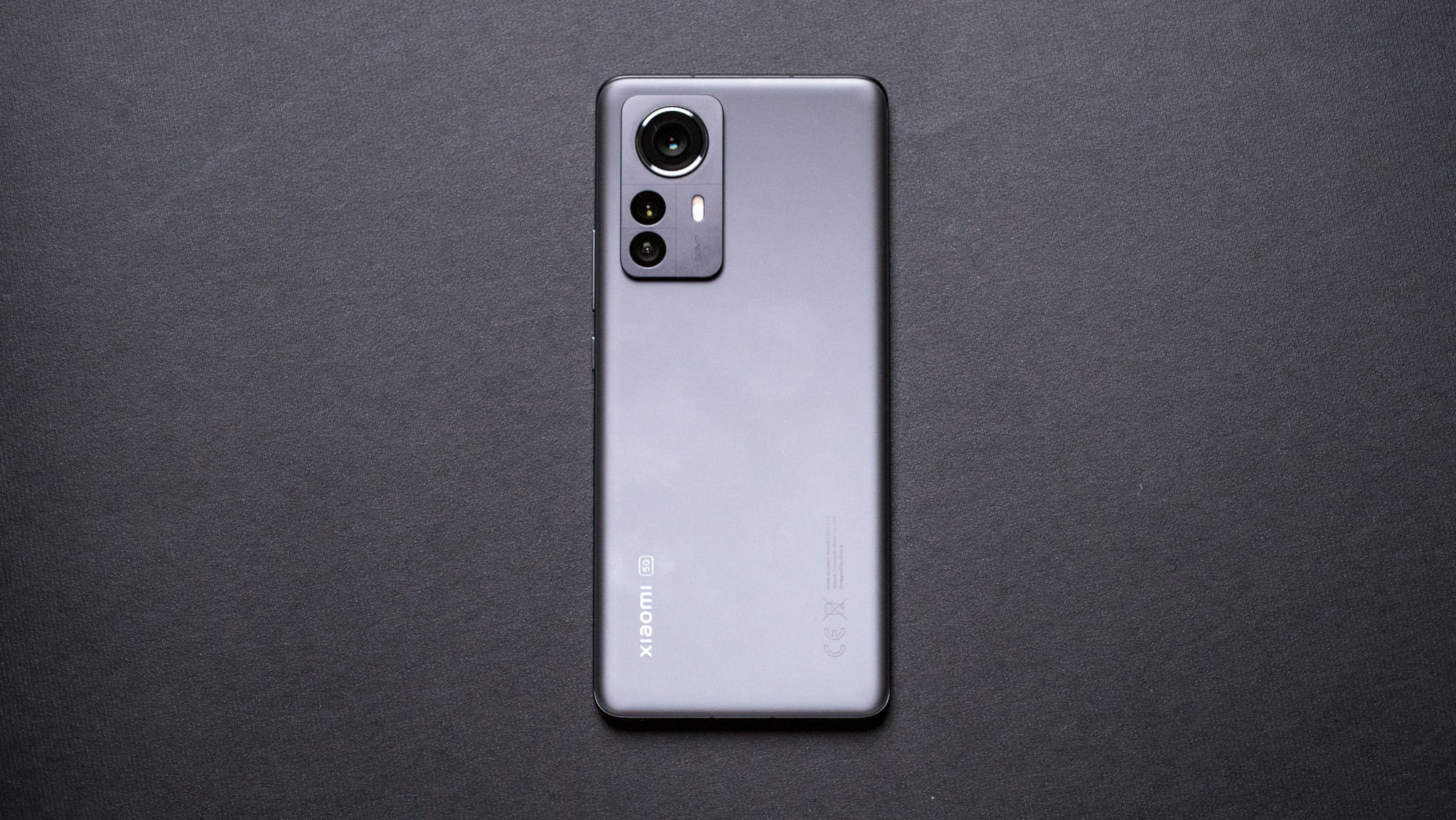
The Xiaomi 12 Pro goes up against the Galaxy S22+ and the Find X5 Pro, and it has the hardware to match. You'll find a sublime 6.73-inch QHD+ AMOLED screen with dynamical scaling from 1Hz to 120Hz. At 1,500 nits brightness, Dolby Vision, and extensive customizability, this is one of the best panels you'll find on any phone today.
The Xiaomi 12 Pro has the latest camera tech and 120W fast charging.
You also get the latest 4nm Snapdragon 8 Gen 1 silicon, along with 8GB of RAM and 256GB of storage as standard. But the biggest differentiator for the phone is the camera tech: it has three 50MP modules at the back featuring Sony IMX707 sensors, and they take fantastic photos. There's OIS, a new AI-assisted mode that lets the camera lock on to a moving subject with ease, and tweaks to the tuning algorithms to deliver cleaner photos in low-light.
Coming to the charging front, the Xiaomi 12 Pro gets 120W wired charging in addition to 50W wireless charging and 10W reverse wireless charging. The 4600mAh battery can fully charge in under 20 minutes via the bundled charger, and that's a huge achievement. In my usage, I found that the battery doesn't last as long as the Find X5 Pro, but if you're ever in feed of a charge in the middle of the day, a 10-minute charge is all you need.
On the software front, the 12 Pro runs MIUI 13 based on Android 12, with Xiaomi guaranteeing three platform updates and four years of security patches. I didn't run into any software issues in the ten days I used the phone, and MIUI 13 has a clean interface without much in the way of bloatware.
Obviously, the Xiaomi 12 Pro is going up against the best Android phones, and it has a price tag to match. The 8GB/256GB option starts at $999, and you get a 12GB/256GB variant as well.
Its standout features include the QHD+ screen and the camera array at the back, and you also get Xiaomi's 120W charging tech. Oh, and the phone has quad speakers that sound great.
Xiaomi 12: The best small phone
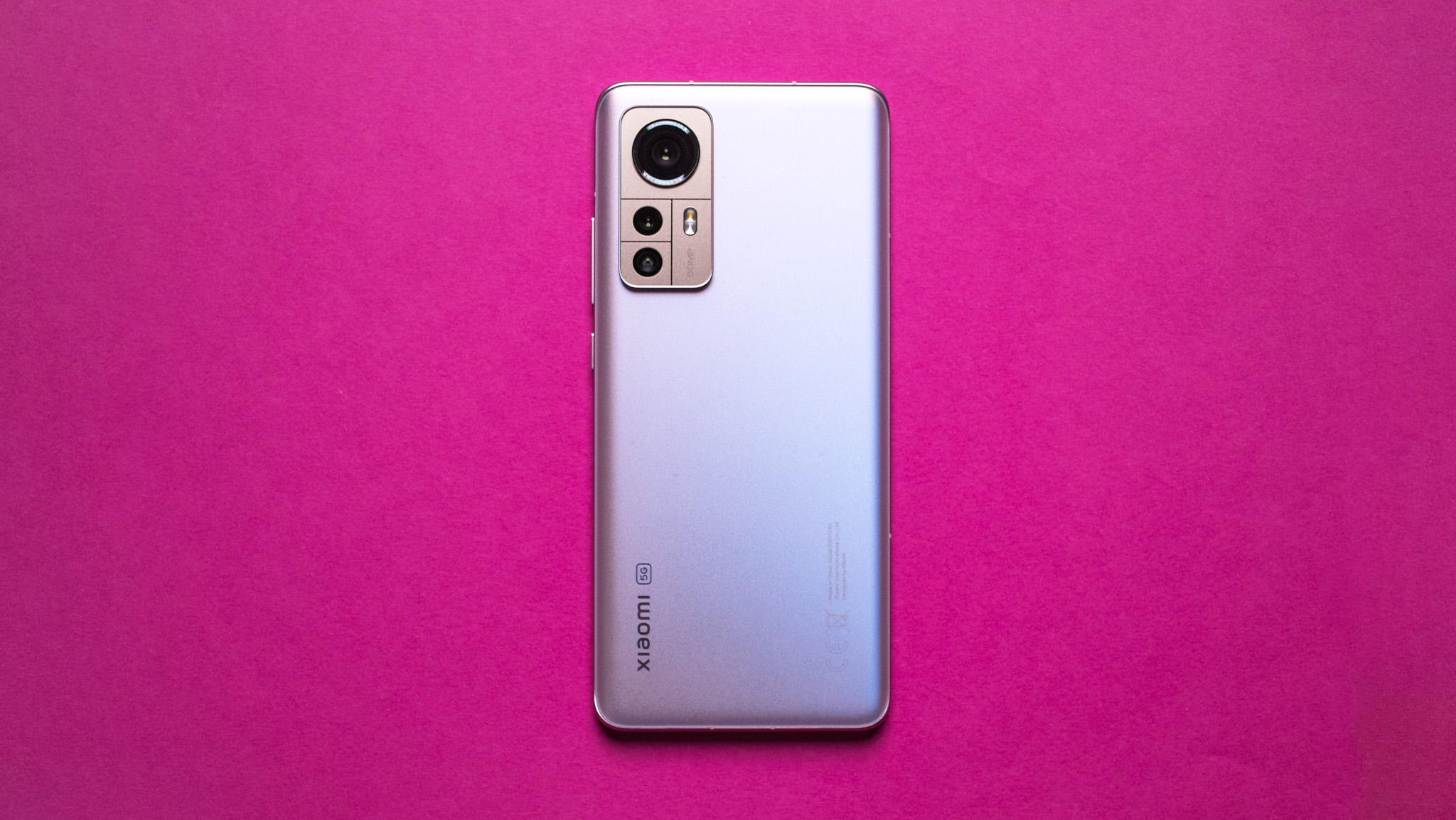
Xiaomi used to make small phones, but like the rest of the industry, it shifted focus to taller phones with huge screens over the last three years. With the Xiaomi 12, however, it is once again offering a small phone with high-end internals. It is similar to what Samsung did with the Galaxy S22.
If you want a small phone with high-end hardware in 2022, look no further.
However, the biggest difference between the Xiaomi 12 and the Galaxy S22 is the battery size. Xiaomi somehow managed to fit a huge 4500mAh battery into this phone, while the S22 has a modest 3700mAh unit. That makes the Xiaomi 12 that much more enticing if you want a small phone that doesn't miss out on any features.
It has a 50MP Sony IMX766 primary lens and can shoot 8K video — just like the 12 Pro — and it has the same Snapdragon 8 Gen 1 and comes with 8GB of RAM and 128GB of storage as standard. You get a vibrant 120Hz AMOLED screen with FHD+ resolution, 67W wired charging and 50W wireless charging, and the same Android 12-based MIUI 13 as the 12 Pro. And like the 12 Pro, the Xiaomi 12 will get three platform updates.
The wide-angle lens is a more modest 13MP shooter, and there's no zoom lens here; instead, you get a 5MP macro. The Xiaomi 12 is available in three configurations — 8GB/128GB, 8GB/256GB, and 12GB/256GB — and the base model starts off at $749.
If you don't care about the QHD+ screen or the auxiliary cameras, the Xiaomi 12 is a viable alternative to the 12 Pro that costs a lot less. Best of all, the phone is designed for one-handed use, so if you're in the market for a small phone, this is the one to get.
Xiaomi 12X: Less for less
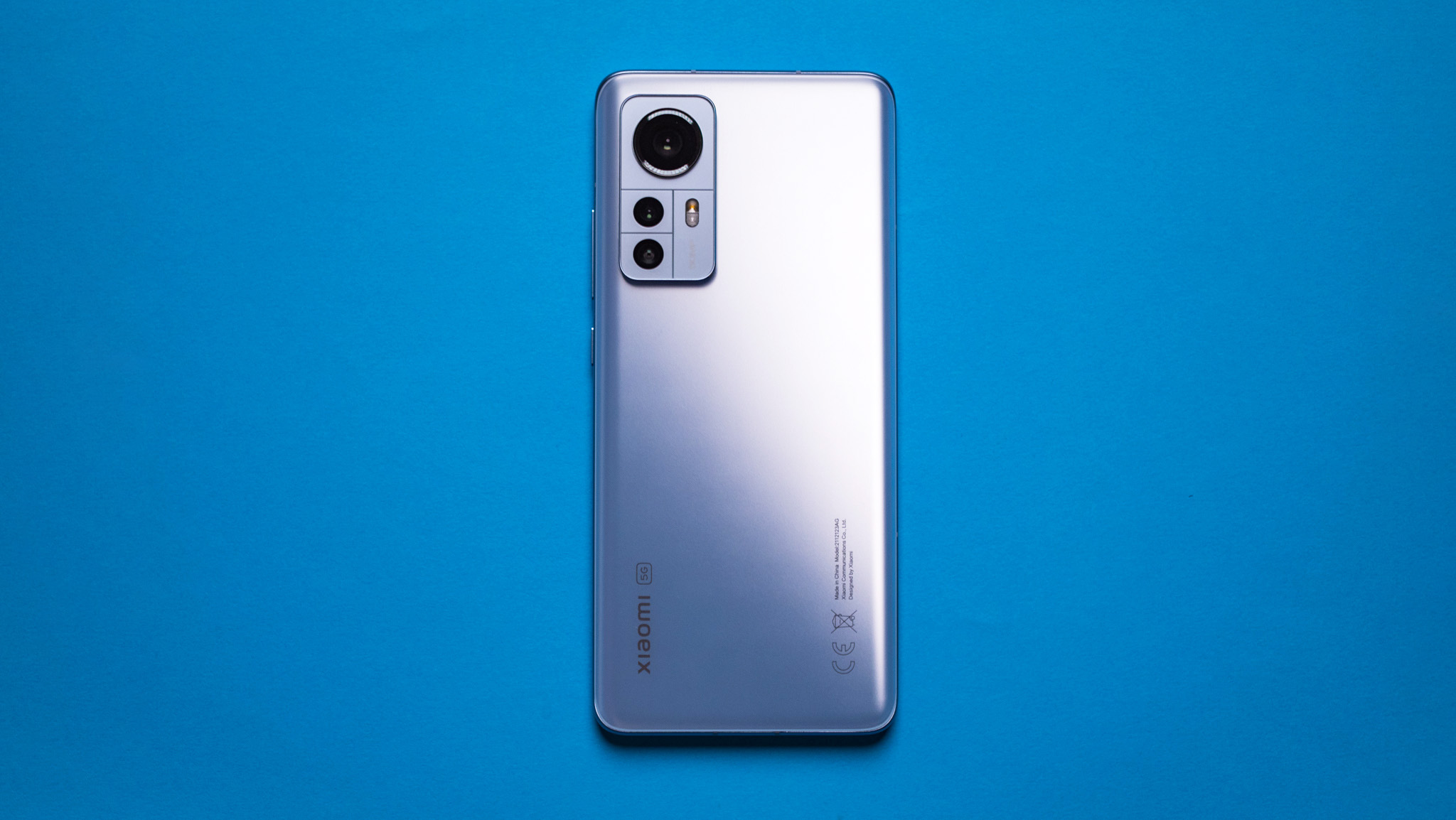
The Xiaomi 12X uses the Xiaomi 12 as the foundation but with a few feature omissions. The key difference is that the phone is powered by the 7nm Snapdragon 870 chipset. It's limited to Wi-Fi 6 and Bluetooth 5.1, and while it misses out on wireless charging, it gets the same 67W wired charging tech as the Xiaomi 12.
The Xiaomi 12X will get two fewer platform updates than its siblings, making it a poor recommendation.
Other than this, the hardware is identical to the Xiaomi 12: you'll find the same 6.28-inch 120Hz AMOLED screen, same 50MP + 13MP + 5MP cameras at the back, and the same 4500mAh battery.
The biggest issue with the Xiaomi 12X is the software. The Xiaomi 12 and 12 Pro run MIUI 13 based on Android 12, but the 12X features MIUI 13 with Android 11 under the hood. And while the other two phones on this list will get three platform updates, Xiaomi didn't confirm the same with the Xiaomi 12X. When asked about the update guarantee for the Xiaomi 12X, all I got was this: "Xiaomi currently has no information to share on future update policies."
Xiaomi says the difference in software versions has to do with the differences in hardware, and that it doesn't have any information to share on an update schedule. So yeah, it's entirely likely that the Xiaomi 12X will get just two platform updates, and with the phone launching with Android 11, it isn't going to be updated past Android 13. For context, the Xiaomi 12 will pick up the Android 15 update, so you're missing out on two OS updates with this phone.
The Xiaomi 12X is available in 8GB/128GB and 8GB/256GB models, and the base variant starts off at $649. So you're essentially saving $100 here, but the downside is that you miss out on wireless charging and two Android OS updates.
Xiaomi 12 Pro vs. 12 vs. 12X: Which should you buy?
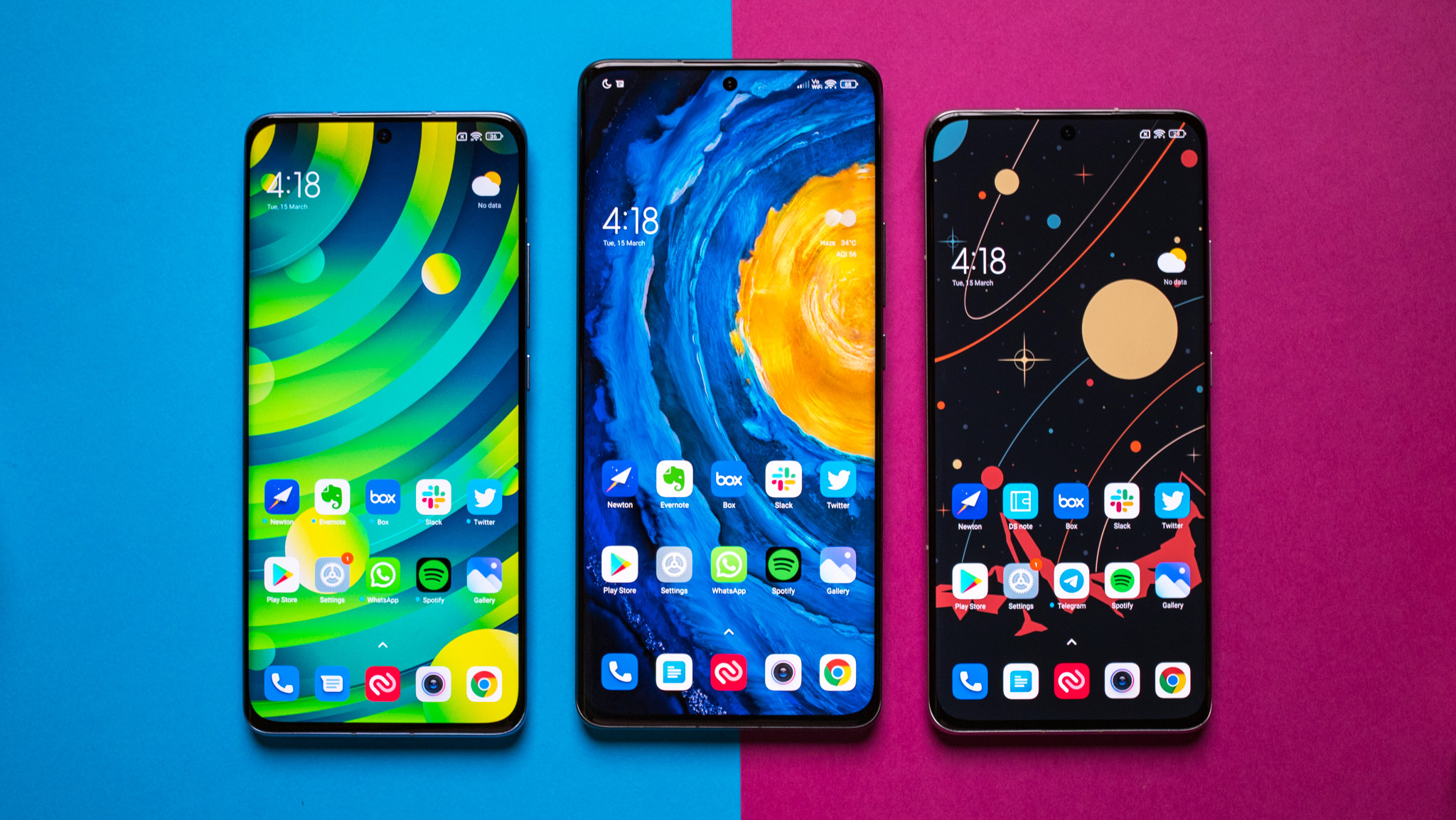
If you want a flagship with the latest camera and screen tech, then the Xiaomi 12 Pro is the obvious choice. I used it alongside Samsung and OPPO flagships, and it has a lot to offer — particularly with the cameras. The battery life isn't on par with its rivals, but 120W charging is a nice addition, and one you'll end up using a lot.
The Xiaomi 12 is a better choice if you want a flagship that's easy to use one-handed. It misses out in a few areas and the auxiliary cameras aren't as good as those on the 12 Pro, but you get the same internal hardware, 67W charging is more than adequate, there's 50W wireless charging, and it runs the same Android 12 build of MIUI 13 and will get the same three Android OS updates as the 12 Pro.
Finally, there's the Xiaomi 12X. I get what Xiaomi is trying to do here, but by using older software out of the box and limiting Android version updates, the phone already is on the backfoot. Sure, you're saving $100 over the Xiaomi 12, but you miss out on two Android OS updates, and that alone is worth the premium for the Xiaomi 12.
Be an expert in 5 minutes
Get the latest news from Android Central, your trusted companion in the world of Android

Harish Jonnalagadda is Android Central's Senior Editor overseeing mobile coverage. In his current role, he leads the site's coverage of Chinese phone brands, networking products, and AV gear. He has been testing phones for over a decade, and has extensive experience in mobile hardware and the global semiconductor industry. Contact him on Twitter at @chunkynerd.
